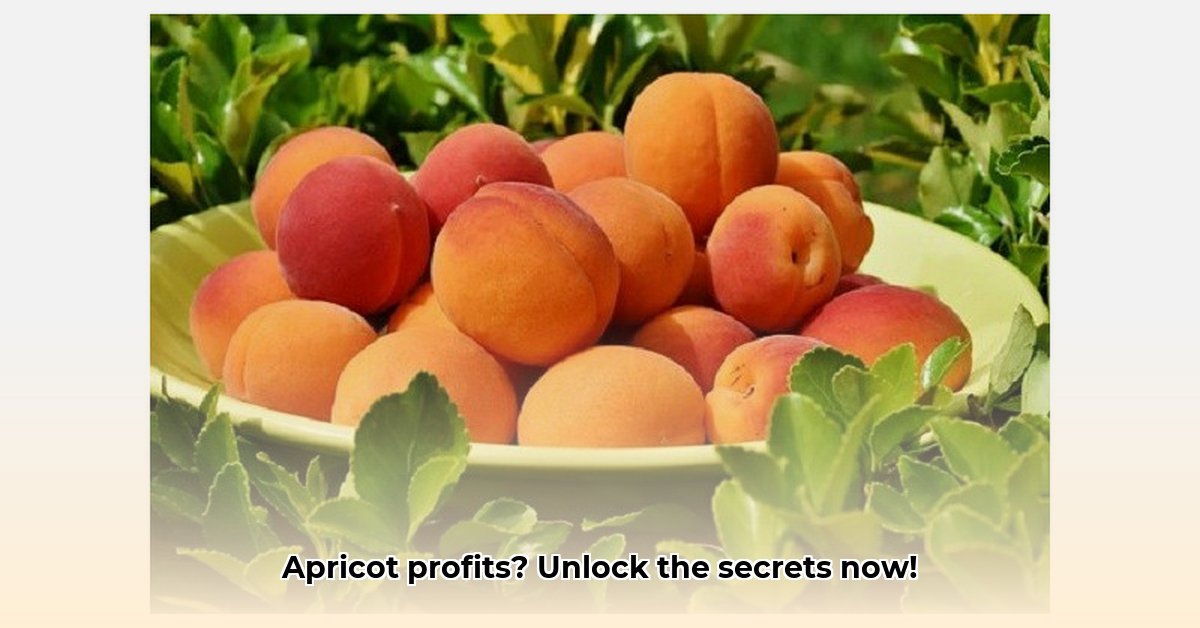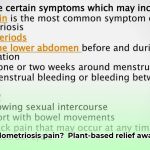Ever wondered about the juicy secrets behind those sun-kissed apricots? This isn’t just about farming; it’s a story about delicious fruit, clever growing techniques, and the global business of apricots. We’ll explore the amazing variety of apricot types, each with its own unique personality and perfect growing spot. We’ll uncover the smart strategies growers use to get the best crops, tackle challenges like changing weather and pesky pests, and navigate the exciting world of selling apricots around the globe. Get ready to discover how you can grow amazing apricots – whether you’re a seasoned farmer or just curious about this tasty fruit.
Apricot Profits: A Global Harvest and Orchard Management Tips
Apricots: sunshine in a fruit! They’re more than just a tasty treat; they’re a global industry, a delicious story woven from sun-drenched orchards and clever farming techniques. Let’s dive into the world of apricots, exploring everything from their global reach to the secrets of a successful harvest.
The Apricot’s Global Reach: A World of Flavor and Regional Variations
Turkey leads as the world’s top apricot producer, boasting a significant share of the global crop (around 21% or 3.86 million tons in 2022). However, the apricot story extends far beyond Turkey. Central Asian countries, including Uzbekistan and Tajikistan, along with China, Italy, Spain, and smaller producers across the Mediterranean and North Africa, are also major players, each contributing its unique twist to the apricot tale. It’s not just about sheer volume, though—it’s about the incredible variety of apricots grown around the world. Imagine the fragrant Wachau apricots from Austria, the intensely flavored dried apricots of Malatya in Turkey, the honey-sweet Armenian apricots, and the tangy flavors of California-grown varieties – each with its own distinctive character and place in the global marketplace. This diversity explains both the global appeal and the regional nuances of the apricot. The United States, for example, focuses on fresh market sales, while other regions prioritize drying or processing.
Cultivating Success: Nurturing Apricot Orchards and Irrigation Strategies
Growing apricots isn’t as simple as planting a seed and waiting for the fruit to appear. It’s a delicate dance with nature, fraught with challenges and rewards. Factors like chilling requirements (the number of hours below a certain temperature needed for proper bud development), soil type, and sunlight exposure all play crucial roles. A late spring frost can wipe out an entire season’s harvest in a single night, and diseases like bacterial spot, brown rot, and Eutypa dieback are ever-present threats. Pests like aphids, mites, and the oriental fruit moth can also wreak havoc.
Skilled farmers have learned to work with nature, not against it. Smart strategies are key: carefully choosing the right type of apricot tree for the local climate (considering chill hours and disease resistance), using integrated pest management techniques to minimize the need for harmful chemicals, implementing precise irrigation methods to conserve water, and employing soil management practices to maintain fertility are all crucial for a bountiful harvest. These techniques help keep the orchards healthy, environmentally friendly, and profitable. The health of an apricot orchard depends heavily on the weather, but smart farming practices can help fight off disease and boost the harvest.
The Dynamic Apricot Market: More Than Just Fresh Fruit and Value-Added Products
The apricot market is a vibrant place, with strong demand for both fresh and dried fruit. Dried apricots, in particular, often command premium prices, especially those that are organically grown or sun-dried without the use of sulfur dioxide. This opens a world of opportunities for creative entrepreneurs. Think of the possibilities: apricot jams and preserves, tangy apricot sauces, a delightful apricot liqueur, the refreshing Middle Eastern drink, Qamar al-Din, or innovative products like apricot kernel oil and apricot-based cosmetics. The culinary and industrial potential seems limitless! Furthermore, the growing interest in healthy snacks and natural ingredients is boosting the demand for apricot-based products globally.
Regional Variations: A Delicious Flavor Profile Tour and Farming Tips
Let’s take a closer look at some of the world’s most famous apricot regions:
-
Turkey (Malatya): Malatya is renowned for its sun-dried apricots. These apricots are chewy, intensely flavorful, and a testament to centuries of traditional drying techniques. They’re a prized ingredient in many recipes and a popular snack. Careful harvesting and drying processes contribute to their superior quality.
-
Austria (Wachau): The Wachau Valley in Austria produces apricots known for their exquisite aroma and delicate flavor. The unique combination of soil, climate, and traditional growing methods results in exceptional quality, commanding high prices. The use of quality seals and protected designation of origin (PDO) status further enhances their market value.
-
Armenia: Armenian apricots are practically woven into the nation’s cultural heritage, known for their distinctively honey-like sweetness. They’re an essential part of the Armenian culinary landscape, used in both sweet and savory dishes. The volcanic soil and unique climate contribute to their distinctive flavor profile.
-
California (United States): California produces several popular apricot varieties, including the Blenheim, known for its versatility and excellent flavor. They are primarily sold in the fresh market, but also used for canning and drying. California growers employ modern farming techniques and focus on delivering high-quality fruit to consumers.
These are just a few examples. Every apricot-growing region has its own microclimate and unique characteristics, leading to a diverse range of flavor profiles that delight consumers worldwide. Understanding these regional differences is crucial for effective marketing and distribution.
Navigating the Apricot Market: Strategies for Stakeholders and Farming Adaptability
The success of the apricot industry depends on the collaboration of many different players. Here’s a snapshot of some key stakeholders and their goals:
Table 1: Stakeholder Strategies
| Stakeholder | Short-Term Goals (0-1 year) | Long-Term Goals (3-5 years) |
|---|---|---|
| Growers/Producers | Improve pest management; optimize irrigation; reduce input costs | Grow climate-resilient varieties; embrace sustainable methods; improve fruit quality |
| Processors/Exporters | Focus on value-added goods; enhance packaging; secure reliable supply chains | Explore niche markets; elevate brand recognition; develop innovative product lines |
| Consumers | Demand sustainable, high-quality apricots; seek convenient and healthy options | Support ethical sourcing practices; promote sustainable consumption; demand traceability |
| Researchers/Breeders | Develop disease-resistant and climate-ready varieties; improve fruit quality traits | Improve flavor and yield through genetic improvement; develop novel apricot varieties; understand the apricot genome |
| Governments | Fund research & development; promote sustainable agriculture; enforce quality standards | Foster trade policies to support production and export growth; support rural communities; promote food security |
The Future of Apricot Farming: Facing the Challenges and Overcoming Obstacles
Climate change casts a long shadow over the future of apricot production. Extreme weather, shifting seasons, and increased pest infestations pose serious threats. Water scarcity is becoming an increasingly pressing issue in many apricot-growing regions. To thrive, the industry needs innovative solutions. Research into climate-resilient varieties, drought-resistant rootstocks, and sustainable growing methods is now more urgent than ever. Furthermore, investments in water-efficient irrigation technologies and improved soil management practices are crucial for ensuring the long-term viability of apricot farming.
Mitigating Risks: Protecting the Apricot Harvest and Promoting Sustainability
Apricot farming carries inherent risks. Let’s examine some key threats and strategies for managing them:
Table 2: Risk Assessment Matrix
| Risk Factor | Risk Level | Mitigation Strategies |
|---|---|---|
| Spring Frost | High | Frost protection (sprinklers, wind machines); planting cold-hardy trees; site selection |
| Diseases & Pests | Medium | Integrated pest management (IPM); disease-resistant varieties; biological control; proper sanitation |
| Climate Change Impacts | High | Diversify growing areas; focus on climate-resilient breeding; water conservation; shade netting |
| Market Fluctuations | Medium | Value-added processing; diverse product offerings; direct marketing; crop insurance |
| Water Scarcity | Medium to High | Efficient irrigation techniques; drought-resistant rootstocks; water harvesting; water-use monitoring |
| Labor Costs & Availability | Medium | Mechanization; improved labor practices; training programs; fair wages |
The apricot market presents tremendous opportunities, but success requires careful planning, adaptability, and a dedication to sustainable practices. By understanding and addressing the challenges and embracing the possibilities, we can ensure apricots remain a cherished fruit for generations to come.
How to Increase Apricot Yield Using Sustainable Farming Practices for Maximum Profits
Key Takeaways:
- Sustainable practices boost apricot yields while protecting the environment.
- Soil health is paramount; regular testing and amendments are key.
- Precision irrigation conserves water and optimizes fruit development.
- Careful pruning enhances both fruit quantity and quality.
- Integrated pest management minimizes environmental impact.
- Choosing the right apricot variety for your climate is crucial.
- Implementing biodiversity-enhancing practices supports natural pest control.
Site Selection: The Foundation for Success and Orchard Location
Want a bumper apricot crop? It all starts with choosing the right location. Apricots need sunshine—lots of it, ideally at least 6-8 hours per day. They also thrive in well-drained soil with a slightly acidic to neutral pH (6
- Plant Based Diet Breast Cancer: Research-Based Benefits - December 16, 2025
- Plant-Based Diet Ulcerative Colitis Remission: Proven Benefits - December 15, 2025
- Plant-Based Diet and Fibroids: Reduce Symptoms Now - December 13, 2025










